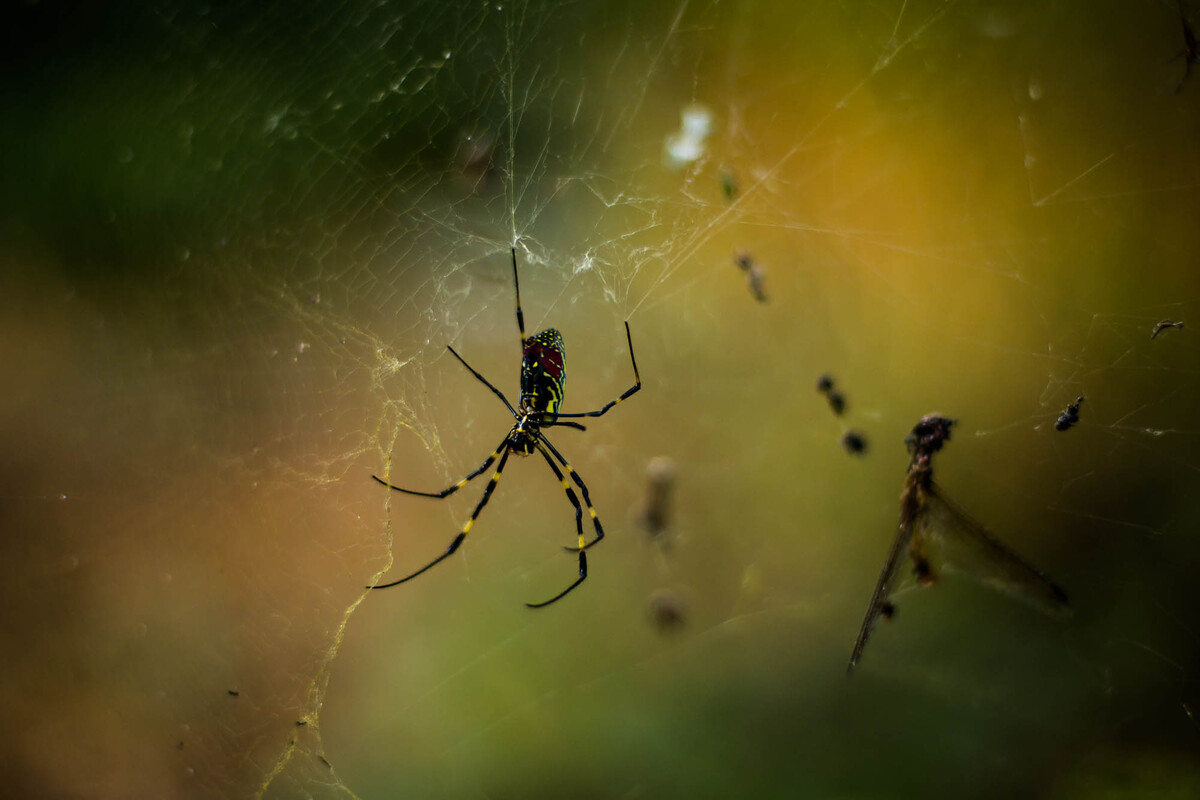Kumo

Kumo__│ NEX-7 & _Canon FD 50mm F1.4 │ 50mm, ISO 400, f/8, 1/4000, 0EV__ Learning a language other than one’s mother tongue is an undertaking I would recommend to all. After a certain point, not only is one able to converse with people from completely different cultures, upbringing and backgrounds, but one will also undergo a kind of self-reflection like no other. That is to say, I now study and understand and approach the _English language in a way I never did before. Learning English as a child, I’ve basically forgotten how I did so. Trial and error, sure, but I was also learning how to walk, read, count, ride a bike… etc. Learning a second language, as an adult, requires a different set of skills and a completely different approach to that of a child. I cannot learn Japanese simply by speaking it with my parents or class mates, as my parents don’t know more than “konnichiwa”, and I don’t go to school. I need a much more structured and methodical approach, utilising my current skill set. Word association is one such technique.
For example, when I started learning English, I knew no words at all, in any language. However, I now have the English language at my disposal, and have images and metaphors in abundance, to associated imagery with the Chinese characters, or Kanji, in Japanese. Without the Kanji, spoken Japanese can be both ambiguous and down-right confusing.
Why the diatribe on the learning of Japanese? Well, it’s because the words for “cloud” and “spider” have exactly the same sound in Japanese; Kumo. Kumo is cloud, and kumo is spider. “Oh, look at that huge kumo”, someone shouts. Do they know I am a climate scientist… or are they warning me as a potential victim of arachnophobia? The message becomes clear with context, of course, but also when written. 雲 is cloud, and 蜘蛛 is spider. Completely different!
Well, the above image is of the former, and the lovely photo below is of the latter. I did it that way around so as to not scare anyone off!
